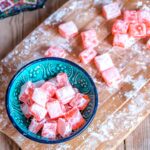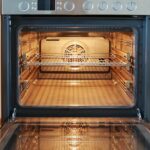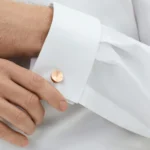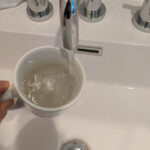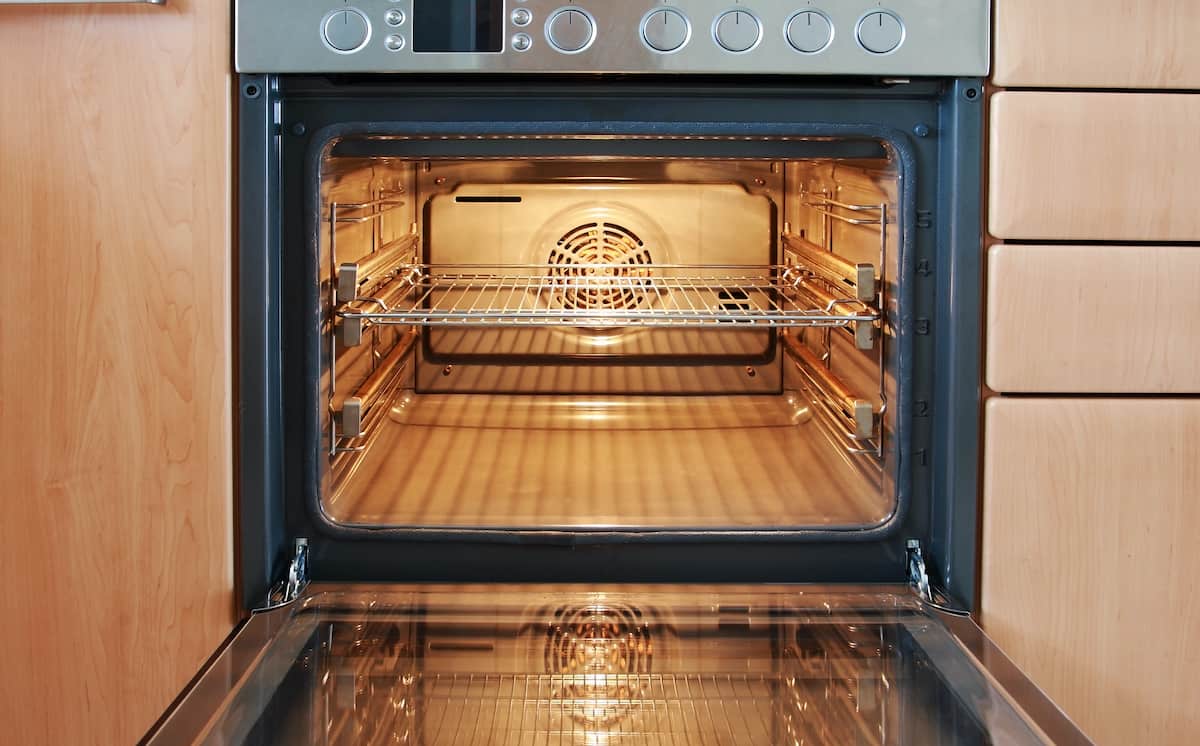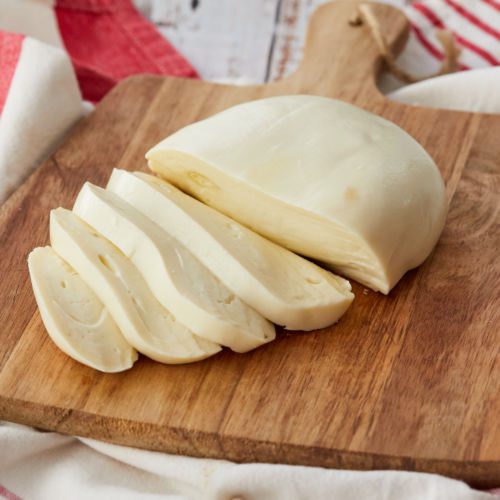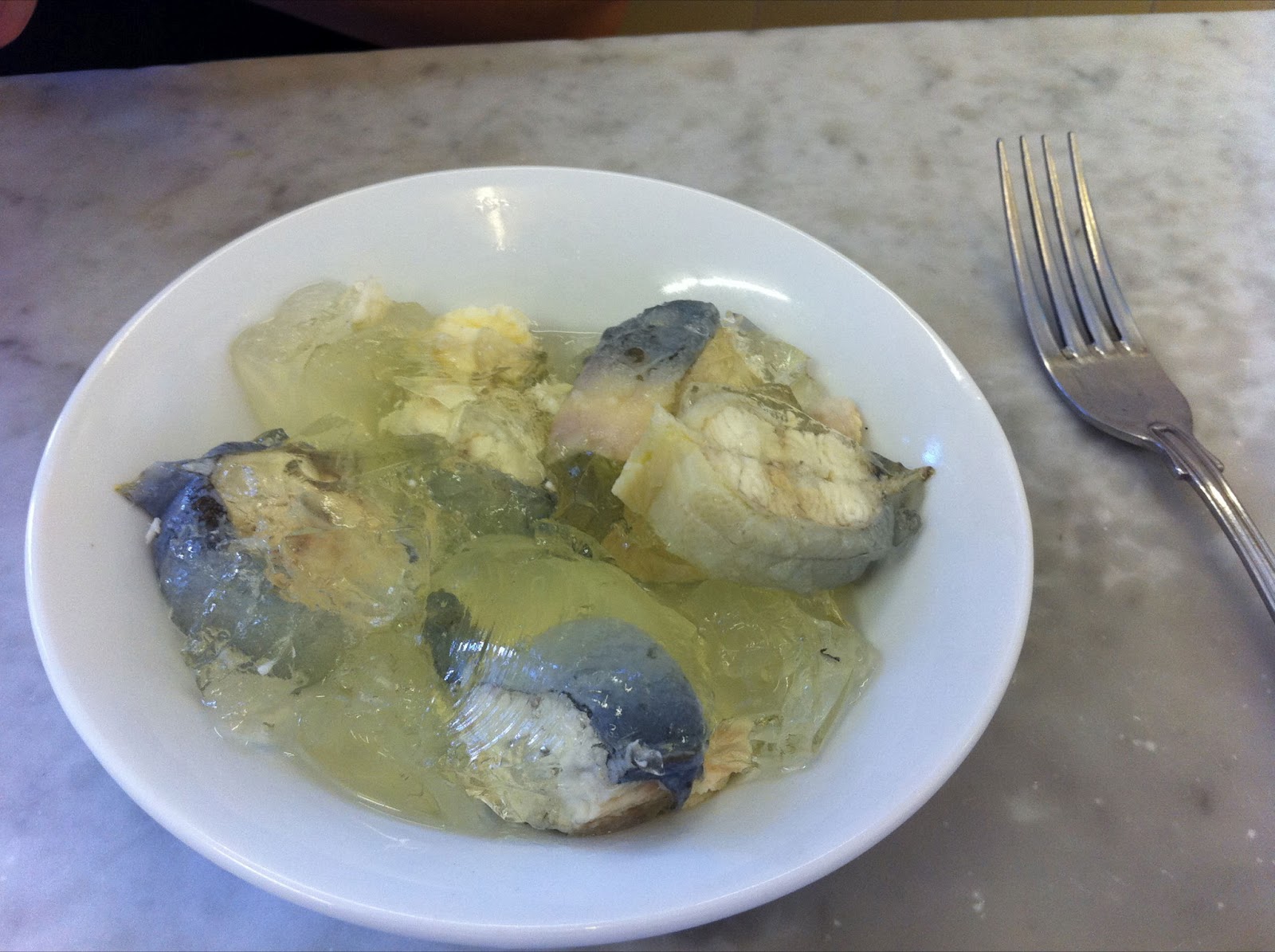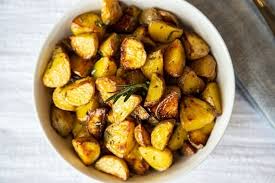No, putting cardboard in the oven is not recommended. Cardboard is made from paper pulp, and when exposed to heat, it can catch fire due to its flammable nature. This poses a significant fire hazard and can lead to safety issues in the kitchen.
Additionally, when cardboard burns, it releases potentially harmful chemicals. To ensure a safe cooking environment, it’s important to use materials that are specifically designed for oven use.
Go for oven-safe cookware and bakeware made from materials such as glass, metal, or ceramic. Avoid using cardboard in the oven to prevent the risk of fire and protect both yourself and your kitchen.
What is Cardboard Made Of?
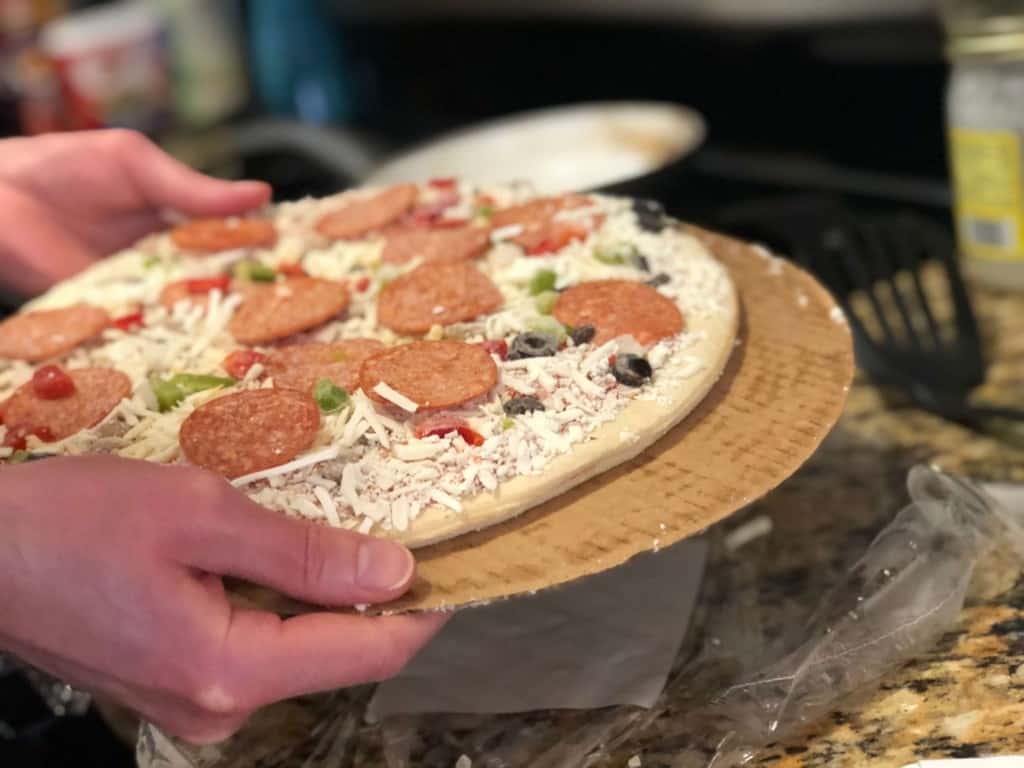
Cardboard is a versatile material composed mainly of paper pulp. It typically consists of three layers: the outer layers, known as liners, and the inner layer, known as the corrugated medium.
The liners provide strength and durability, while the corrugated medium adds rigidity and insulation. The process involves gluing these layers together, creating a composite material that is lightweight yet sturdy.
The primary source of raw material for cardboard is wood fibers obtained from trees, making it an eco-friendly and renewable resource.
How Does Cardboard React to Heat?
Cardboard has a varied reaction to heat based on its composition. While it is a good insulator, it is not heat-resistant. When exposed to high temperatures, cardboard can undergo thermal decomposition.
As the heat increases, the material begins to break down, and the cellulose fibers within the paper start to oxidize. This process makes cardboard increasingly susceptible to combustion.
Due to its flammable nature, the risk of fire intensifies with prolonged exposure to heat. Therefore, it’s crucial to avoid subjecting cardboard to direct heat sources, such as an oven, to prevent potential safety hazards in the kitchen.
Can You Put Cardboard in the Oven?
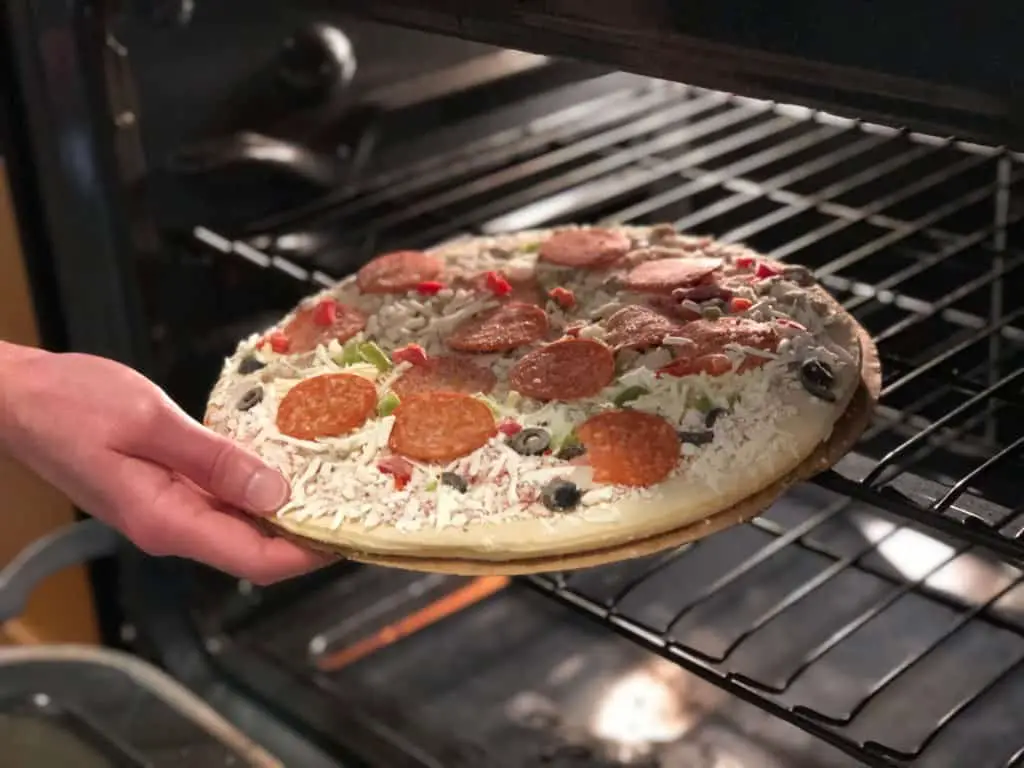
No, it’s not safe to put cardboard in the oven. Cardboard can catch fire due to its flammable nature when exposed to heat, posing a significant safety risk in the kitchen.
Common Scenarios Where People Might Consider Using Cardboard in the Oven
Pizza Boxes: One common scenario is placing a delivered pizza, still in its cardboard box, directly into the oven for reheating. The misconception here is that the cardboard will protect the pizza from direct heat.
Baking with Cardboard Packaging: Some individuals may consider using cardboard packaging, like cereal boxes or cardboard food containers, as makeshift baking pans or trays.
Potential Risks and Concerns
Fire Hazard: The primary risk of putting cardboard in the oven is the potential for fire. Cardboard is highly flammable, and exposure to the oven’s heat can lead to ignition, resulting in a kitchen fire.
Release of Harmful Chemicals: When cardboard burns, it releases harmful chemicals into the air. These emissions can be toxic and pose health risks, especially in enclosed spaces like kitchens.
Food Contamination: Cardboard is not designed for food preparation at high temperatures. Using it in the oven can lead to the transfer of chemicals from the cardboard to the food, contaminating the edibles.
Reasons Why You Shouldn’t Put Cardboard in the Oven
Cardboard catches fire easily because it’s made mostly of paper. When you put it in the hot oven, it can quickly start a big, uncontrollable fire. The small, enclosed space of the oven makes the risk even higher.
When cardboard burns, it releases bad chemicals into the air. Breathing in these chemicals is not good for your health, especially in the kitchen where there might not be good airflow.
Also, if you cook food in the oven with cardboard, those harmful chemicals could get into your food, making it unsafe to eat. So, it’s best to keep cardboard out of the oven for safety and health reasons.
What Are The Alternatives to Using Cardboard in the Oven?
Instead of using cardboard in the oven, use safe materials like metal, glass, or ceramic cookware. Get creative with foil packets, oven-safe cookware, silicone baking mats, or parchment paper for a secure and effective cooking experience.
Safe Materials for Cooking and Baking
Metal Baking Pans: Choose baking pans made of aluminum or stainless steel. These materials are durable, distribute heat evenly, and are resistant to high temperatures. They are suitable for a wide range of baked goods, from cookies to casseroles.
Glass Bakeware: Glass dishes are excellent for baking and roasting. They are heat-resistant and do not release harmful chemicals when exposed to high temperatures. Glass bakeware also allows for easy monitoring of the cooking process.
Ceramic Cookware: Ceramic dishes are both functional and aesthetically pleasing. They are suitable for oven use and retain heat well. Ceramic bakeware comes in various shapes and sizes, making it versatile for different recipes.
Silicone Baking Mats: These flexible mats are a great alternative to parchment paper and can withstand oven temperatures. They promote even baking, prevent sticking, and are reusable, making them an eco-friendly choice.
Creative Alternatives for Certain Cooking Scenarios
Foil Packets: For cooking delicate or small items, consider using aluminum foil to create packets. This method seals in flavors and juices while preventing direct contact with the oven racks.
Oven-Safe Cookware with Lids: Utilize cookware that comes with oven-safe lids. This allows for covered cooking, retaining moisture and flavors, especially useful for slow-cooking or braising.
Clay or Cast Iron Cookware: These materials retain heat exceptionally well and are suitable for dishes that benefit from slow, steady cooking. From bread baking to casseroles, these options offer versatility.
Parchment Paper: When lining baking sheets or pans, parchment paper is a safe and effective choice. It prevents sticking and promotes easy cleanup without the risks associated with cardboard.
Tips for Safe Oven Use
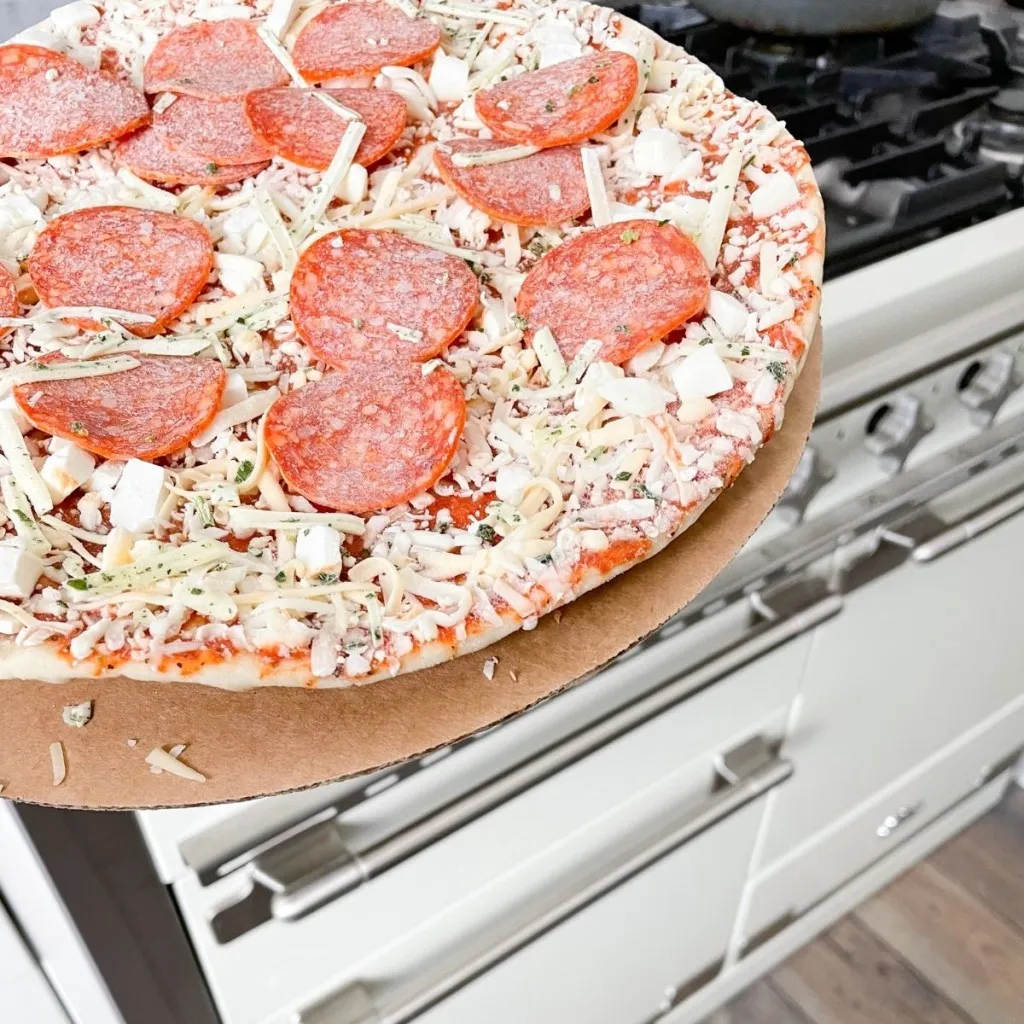
Familiarize yourself with your oven’s manual for specific guidelines and safety instructions provided by the manufacturer.
Always preheat the oven before use to ensure accurate cooking times. This helps in even cooking and prevents undercooked meals.
When handling hot cookware or trays, always use oven mitts to protect your hands from burns.
Keep an eye on your food while it’s cooking. This not only ensures it’s cooking correctly but also helps prevent accidental burning or fires.
Ensure good ventilation in the kitchen to disperse any heat or fumes generated during cooking. Turn on the exhaust fan or open a window if possible.
How to Avoid Accidental Use of Inappropriate Materials
Be aware of the materials that are safe to use in the oven. Refer to the cookware’s labels or user manuals to confirm their oven compatibility.
Make sure that any cookware or bakeware you use can handle the temperature setting of your oven. This prevents warping, melting, or other damage.
Keep items like paper towels, kitchen towels, and especially cardboard away from the oven. These materials can catch fire when exposed to high temperatures.
Consider labeling or color-coding your oven-safe cookware to avoid confusion and accidental use of inappropriate materials.
Keep your oven clean and well-maintained. Crumbs, grease, or food debris inside the oven can pose fire risks. Regularly clean the oven to avoid any potential hazards.
FAQ
Is it safe to put cardboard in the oven?
No, it is not safe to put cardboard in the oven. Cardboard is highly flammable and can catch fire when exposed to high temperatures, posing a significant safety hazard.
Will cardboard burn in an oven on 350?
Yes, cardboard can burn in an oven set at 350 degrees Fahrenheit or any other high temperature. It’s important to avoid putting cardboard in the oven to prevent the risk of fire.
What temp does cardboard burn in the oven?
Cardboard can start to burn at relatively low temperatures, and the exact point can vary. However, it’s known to be highly flammable and poses a fire risk even at common oven temperatures.
Can I eat pizza if I cooked it on cardboard?
It is not advisable to eat pizza cooked on cardboard. The cardboard can release harmful chemicals when exposed to heat, potentially contaminating the food and making it unsafe to eat.
Is cardboard food safe?
No, cardboard is not considered food-safe. It is not designed for food preparation at high temperatures and may contain adhesives or other substances that can be harmful if they come in contact with food.
Is it OK to eat cardboard?
No, it is not okay to eat cardboard. Cardboard is not a food-grade material, and consuming it can lead to health risks due to the potential presence of chemicals and other non-edible substances.
Is cardboard toxic if burned?
Yes, burning cardboard can release toxic chemicals into the air. Inhaling these fumes can be harmful to health, and it’s essential to avoid burning cardboard for safety reasons.
Is burning cardboard bad for your lungs?
Yes, burning cardboard can release harmful substances that can be bad for your lungs when inhaled. It is crucial to avoid burning cardboard to protect respiratory health.
Why do kids eat paper or cardboard?
Children may explore by putting things in their mouths as part of normal development. However, eating paper or cardboard can be dangerous due to potential choking hazards and the risk of exposure to harmful substances if the materials have been treated or contain inks or adhesives. Parents should take steps to keep such items out of reach.
Final words
All things considered, it’s a big no to putting cardboard in the oven. It’s not safe because cardboard can catch fire easily, and when it burns, it releases harmful chemicals. To keep your kitchen safe and your food healthy, stick to using materials specifically made for the oven, like metal, glass, or ceramic cookware. Stay safe and happy cooking!

